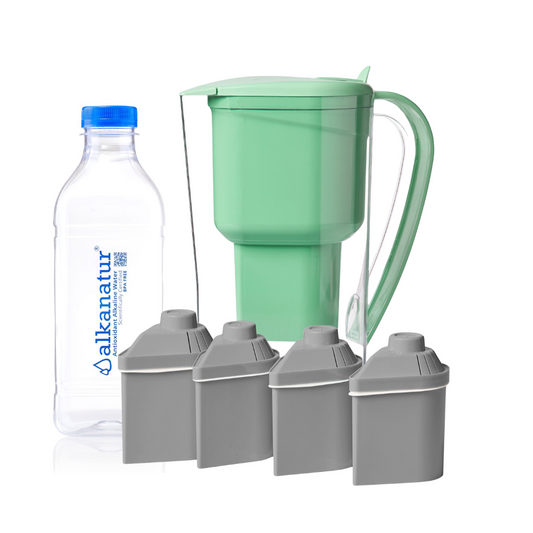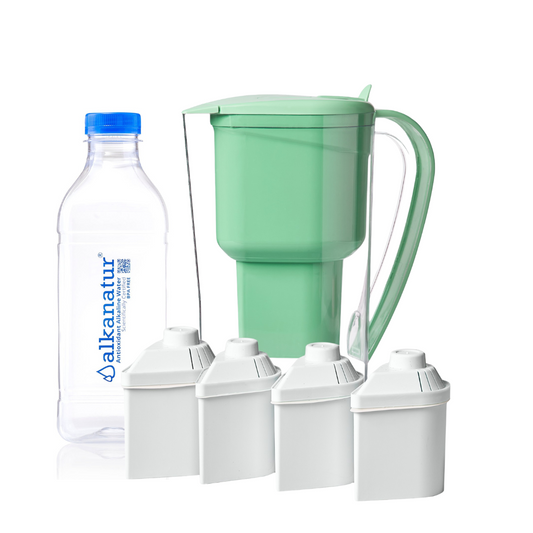Can you live on a vegan diet and have no amino acid deficit? The answer is yes. To start we know that the most effective thing we can do to extend our life, is the protein restriction and more specifically the restriction of a particular amino acid such as methionine, a sulphur amino acid, so to start this post, the first thing that would like to clarify is that we should not abuse any protein, animal or plant, however, there are epidemiological studies that show that the vegetable protein is more beneficial for the maintenance of health than the animal, helping in various diseases such as diabetes.
Animal or vegetable protein
There is a difference between animal and vegetable protein, it is commonly said that animal protein is a protein of high biological value, a complete protein. Although I do not agree with this statement about the quality. It is true that animals have a more complete protein, that is, with more amino acids than vegetables, in which many times to obtain all the amino acids we need to mix them, for example, it is said that you have to mix legumes with cereals, to obtain a protein completely.
Well, this is not entirely true, today we know that we have a protein pool the amino acid pool. This pool of amino acids is made up of free amino acids in different body fluids such as interstitial, plasma and lymph, among others. The quantity and concentration of each of the amino acids in the pool are biologically constant since their variations occur within more or less narrow limits.
The constancy of the pool reflects a dynamic balance between the processes that provide it and subtract amino acids. That is, the amino acids introduced exogenously by the diet are mixed with the amino acids from the degradation of internal proteins or those synthesized de novo, which are circulating in that pool (pool of amino acids) that circulates through our fluids and to which the cells turn to when they are going to synthesize new proteins. we can conclude then that we do not need to mix different protein foods of vegetable origin in the same food, that is an affirmation of the last century.
“If it is true that the concentration of proteins that we can ingest when consuming a ration of meat is not the same as that which we can consume when consuming a ration of legumes, despite having in both cases the same concentration, ie about 20 grams of protein per 100 grams of food, but it is easier to consume 100 grams of meat than 100 grams of legumes at a time. “
If we take into consideration the statement that the methionine restriction is of great value in terms of increasing longevity and if we review the foods richer in methionine, we will see that they are beef, pork, tuna, cheese, the chicken breast. All of them exceed more than 100% of the recommended daily value (VDR), all of them of animal origin.
On the other hand, we have the white beans that present 20% of the VDR, and the soybean that presents 73% of the VDR. Eggs are the animal protein that presents less amount of methionine, presenting 54% of the VDR and within the plant, world highlighting Brazil nuts as the food with the highest content, 154% of the VDR, followed by soybeans and beans white. Therefore, if we want to eat in a way that allows us to extend life, it is undoubtedly the restriction of animal protein, which has shown for the time being that it can help us.
Micro and Macronutrients
While the vegetables are accompanied by other nutrients such as fibre, more water, micronutrients, the meat has a greater concentration of macronutrients, such as proteins and fats, especially saturated fat, with the exception of bluefish. However, it is the micronutrients that will determine the highest quality of the diet, most of us are over-nourished but malnourished, that is, we eat a sufficient amount of energy through macronutrients, carbohydrates, fats and proteins, however, we are malnourished because we do not consume enough micronutrients: vitamins, minerals and many phytochemicals of great nutritional interest, all of them abundant in foods of vegetable origin.
It is true that animal protein will provide more protein by providing fewer calories since to obtain 20 grams of proteins of animal origin, we will obtain an average of 200 Kcal, however, to obtain 20 grams of vegetable proteins we will consume between 300 and 700 Kcal . The truth is that we do not need as many kilocalories or as many proteins as we believe, caloric restriction also provides very good results in terms of longevity, and increasingly lower protein recommendations for adults with normal activity, previously located at 1.2 grams per kilo of body weight and currently located at 0.8 g per kilo of body weight. In sports diets this recommendation can be raised a little.
Alkanatur Alkaline Water Filter Pitcher with Magnesium & Antioxidants – Alkanatur North America









